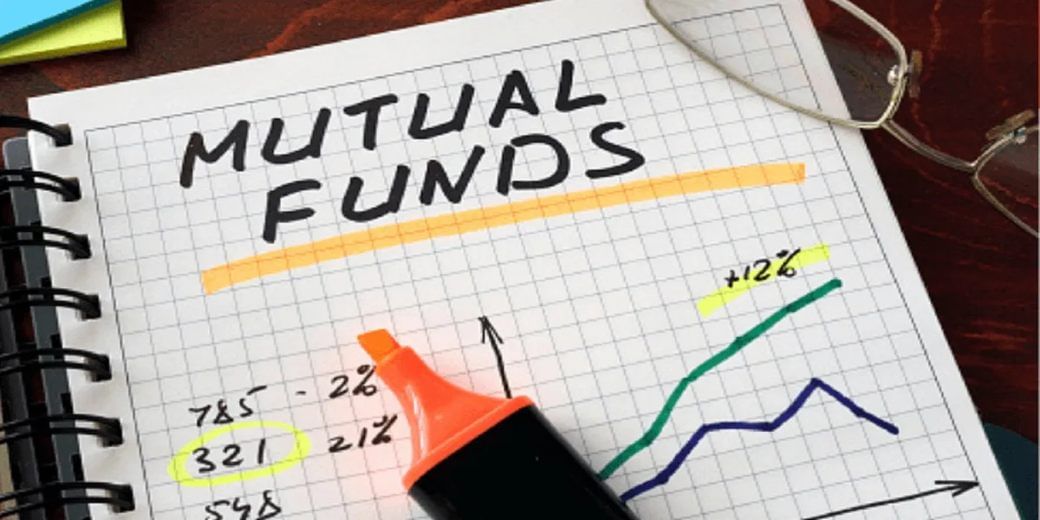Have a problem? Solution is here
Market regulator SEBI has divided these funds into two categories- Retirement Fund and Children’s Fund… The purpose of a retirement fund is to provide a regular income to a person after his retirement.

Akash is sitting worried in his office and he was doing some calculations. His senior colleague Pradeep asks him What was the matter? Why was he so quiet? Why was he so worried?
Akash is worried about his future. on how would he manage fees for his son’s higher education and his own retirement. He need not worry as there are solution-oriented funds that can help tide over the financial difficulties.
Solution-oriented funds are mutual funds that help you achieve long-term goals. Such as fees for your children’s higher education, marriage expenses, and retirement planning. Like hybrid funds, such schemes invest in both equity and debt instruments. These schemes provide decent returns along with capital appreciation. The managers of solution-oriented funds estimate the financial targets, returns, and risk capacity of investors. After that, they prepare a portfolio that provides maximum returns according to the expectations of the investors.
Market regulator SEBI has divided these funds into two categories- Retirement Fund and Children’s Fund. The purpose of a retirement fund is to provide a regular income to a person after his retirement. For example, Akash is young now and he has many years left until retirement. In such a case, this fund can adopt an aggressive investment strategy by including high-risk shares in the portfolio.
After long-term investment in these funds, money can be withdrawn in lump sum or at regular intervals. This way, the fund also works like a pension for an investor’s financial security after retirement. These funds have a lock-in period of only 5 years. Not only this, there may be an exit load if you withdraw money before retirement or before you turn 60.
Now, when it comes to children’s education, people usually invest in children’s funds for capital growth. The returns from this scheme can be used to meet requirements such as fees for children’s higher education and marriage expenses. In India, heavy exit penalty is levied for withdrawing money from a children’s mutual fund before lockin period ends. Experts discourage people from withdrawing money before time. If an investor withdraws money from a children’s fund before the five-year lock-in period, he will have to pay a penalty of up to 4%.
Solution-oriented funds also give investors the opportunity to switch between equity mutual funds and debt funds. The fund manager can change the strategy according to the age of the investor… The advantage of the lock-in period of solution-oriented funds is that the investor cannot withdraw money from it just like that . The investor will have to stay invested. However, the disadvantage of the lock-in period is that even during emergency, you will not be able to withdraw money.
Before investing in these funds, you should research deeply about the performance of the fund. You should invest in such funds that have been consist performer.
Recently, most solution funds have given very good returns in last one or two years and average returns in five years. For example, SBI Magnum Children’s Benefit Plan (Growth) has given 11% return in 1 year, about 14% return in 3 years and 9% return in 5 years. Similarly, Nippon India Retirement Fund Wealth Creation (Growth) scheme has given about 20% return in 1 year, about 23% return in 3 years and 8.5% return in 5 years.
If we talk about tax, then, if you invest for less than a year in an equity-oriented fund, a short-term capital gains tax of 15% is levied. On investing for more than a year, a long-term capital gains tax of 10% is levied.
Solution-oriented funds have a lock-in period of five years, so only long-term capital gains tax will be levied. But it is also important to note that long-term gains of less than 1 lakh rupees are tax-free. Similarly, in debt-oriented funds, tax is levied according to the income tax slab rate. Tax is levied on the sale of units within one year. Long-term gains over one year will be taxed at 20 percent and indexation benefit will also be available.
All in all, solution-oriented funds invest in equity and debt portfolios like hybrid funds. But, lock-in periods are also there. These are often passively managed. So, returns are like those of an index fund. So, investors like Akash can also invest their money in an open-ended diversified equity fund instead of these funds, where they can get better returns. Experts say that for long-term targets, good returns can be achieved by investing money in a passive fund like an ETF or index fund or an equity fund like large-cap, mid-cap.